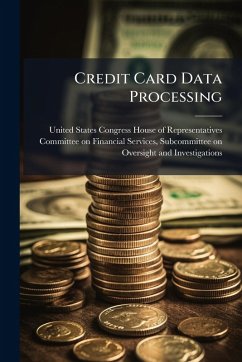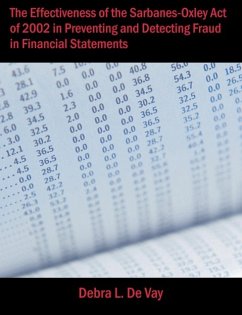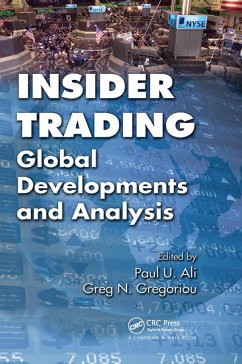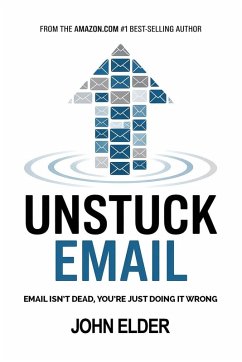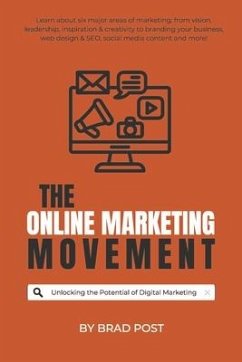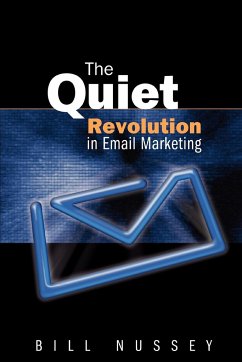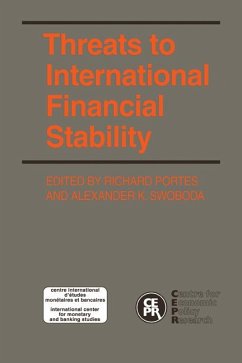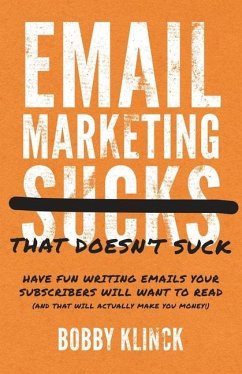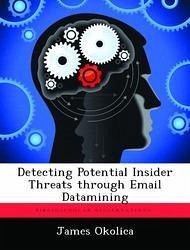
Detecting Potential Insider Threats Through Email Datamining
Versandkostenfrei!
Versandfertig in über 4 Wochen
23,99 €
inkl. MwSt.

PAYBACK Punkte
12 °P sammeln!
Despite a technology bias that focuses on external electronic threats, insiders pose the greatest threat to commercial and government organizations. One means of preventing insider theft is by stopping potential insiders from actually crossing the line. In the overwhelming number of cases, people do not join an organization with the intention of stealing or causing harm. Instead, something or often several some- things happen while the individual is in the organization that precedes his malevolent actions. One of the traits identi ed with insiders is their feeling of alienation from the organi...
Despite a technology bias that focuses on external electronic threats, insiders pose the greatest threat to commercial and government organizations. One means of preventing insider theft is by stopping potential insiders from actually crossing the line. In the overwhelming number of cases, people do not join an organization with the intention of stealing or causing harm. Instead, something or often several some- things happen while the individual is in the organization that precedes his malevolent actions. One of the traits identi ed with insiders is their feeling of alienation from the organization. By datamining emails, an employee's interests can be discerned. These interests are then used to construct social networks which are used to identify individ- uals with interests shared but undiscussed with other members of the organization. These individuals with clandestine interests have the potential to be insider threats. This work has been selected by scholars as being culturally important, and is part of the knowledge base of civilization as we know it. This work was reproduced from the original artifact, and remains as true to the original work as possible. Therefore, you will see the original copyright references, library stamps (as most of these works have been housed in our most important libraries around the world), and other notations in the work. This work is in the public domain in the United States of America, and possibly other nations. Within the United States, you may freely copy and distribute this work, as no entity (individual or corporate) has a copyright on the body of the work. As a reproduction of a historical artifact, this work may contain missing or blurred pages, poor pictures, errant marks, etc. Scholars believe, and we concur, that this work is important enough to be preserved, reproduced, and made generally available to the public. We appreciate your support of the preservation process, and thank you for being an important part of keeping this knowledge alive and relevant.



